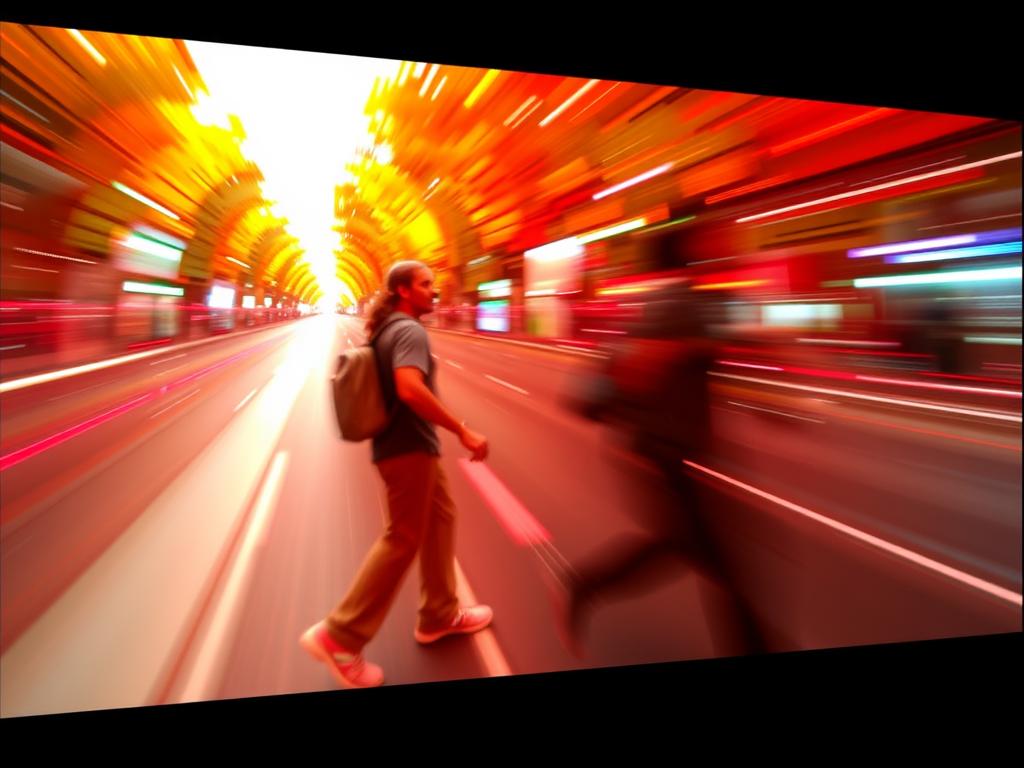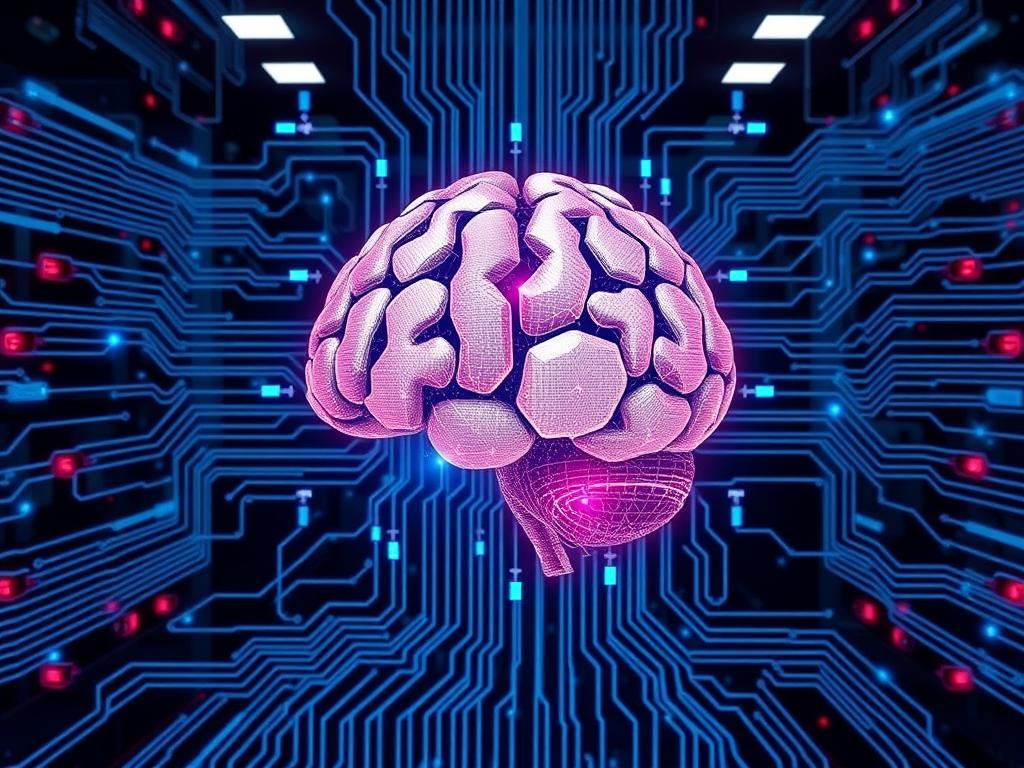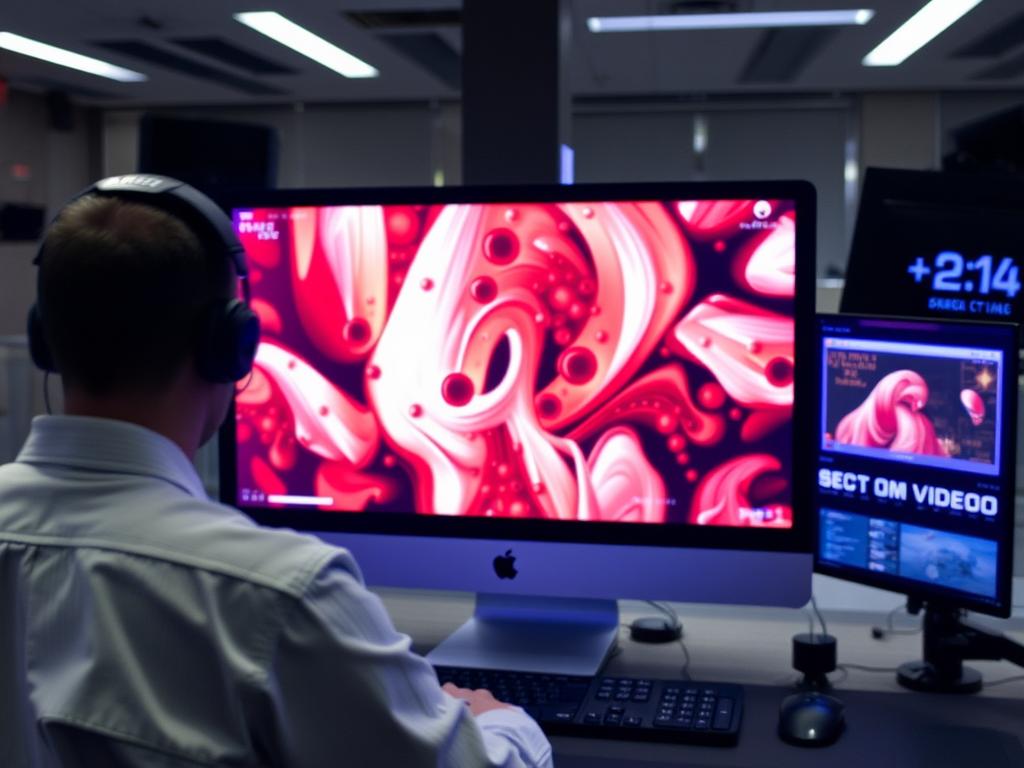Video processing has become an essential part of modern technology, especially in fields like machine learning and computer vision. With the explosion of video content generated every day, understanding how to analyze and interpret this data efficiently is more important than ever. Whether it’s self-driving cars recognizing pedestrians, smart surveillance systems monitoring security, or social media platforms enhancing video recommendations, video processing is at the heart of these advancements. In this article, we will explore the role of video processing in machine learning and computer vision, breaking down the techniques, challenges, and exciting applications that make it such a vital area of study.
What is Video Processing in Machine Learning?
Video processing refers to the techniques used to manipulate and analyze video data to extract useful information. Unlike static images, videos introduce the dimension of time, adding complexity but also rich context. In machine learning, video processing involves transforming raw video frames into formats that algorithms can understand — and then building models that can detect patterns or make predictions based on these visual sequences.
A core activity in video processing is frame extraction, where individual frames from a video stream are separated and analyzed. This allows machine learning models to examine changes over time, track moving objects, and identify events. Other common tasks include noise reduction, color correction, motion estimation, and feature extraction, all aimed at improving the quality and relevance of the input data for computer vision models.
How Computer Vision Benefits from Video Processing
Computer vision is the field that enables computers to “see” and interpret the world visually. Video processing enhances computer vision by providing continuous streams of data, enabling applications such as object detection, action recognition, gesture analysis, and scene reconstruction. For instance, in autonomous vehicles, video processing helps the system continuously monitor the environment to detect obstacles and traffic signals.
One major advantage of video data is temporal information—the ability to understand how a scene changes between consecutive frames. This makes it possible to recognize complex behaviors like waving a hand or crossing the street, which are difficult to detect from a single image. Moreover, video processing algorithms can filter out irrelevant information, track objects consistently across frames, and even predict future movements, improving accuracy in decision-making.
Key Techniques in Video Processing for Machine Learning
To appreciate how video processing supports machine learning and computer vision, let’s break down some of the core methods commonly used in this space.
1. Frame Sampling and Sequence Generation
Since videos can be very large, processing every single frame can be computationally expensive. Frame sampling selects a subset of meaningful frames to analyze. This reduces redundancy and focuses the computation on critical moments. For machine learning models, these frames are often organized into sequences that preserve time order, critical for techniques such as Recurrent Neural Networks (RNNs) or Long Short-Term Memory (LSTM) networks.
2. Optical Flow Analysis

Optical flow is a technique that calculates the motion of objects between consecutive video frames. By tracking how pixels move from one frame to the next, algorithms can detect motion patterns useful in action recognition or anomaly detection. For example, in sports analysis, optical flow can highlight player movements, while in surveillance, it can identify unusual motions signaling potential threats.
3. Background Subtraction
Separating foreground objects from the background is a common preprocessing step, especially in dynamic environments. Background subtraction algorithms estimate the static parts of the scene and isolate moving elements like people or vehicles. This filtering simplifies the data that machine learning models analyze, boosting efficiency and accuracy.
4. Feature Extraction and Representation
Extracting useful characteristics from video frames is key to training effective models. Features can be texture, edges, shapes, or learned deep features via convolutional neural networks (CNNs). These features feed into classifiers or regression models that perform tasks such as object detection or scene classification. The challenge is to select features that are robust to lighting changes, occlusions, and camera movements.
Challenges in Video Processing for Machine Learning
While video processing is powerful, it faces several challenges that researchers and engineers must navigate.
High Computational Cost and Data Volume
Videos are data-heavy, often recording at 30 or more frames per second, leading to massive data streams. Processing this volume in real-time or near-real-time requires optimized algorithms and powerful hardware. Balancing accuracy with speed is an ongoing concern, especially in applications like autonomous driving or live video analytics.
Variability in Video Quality
Videos captured in uncontrolled environments often suffer from variable lighting, motion blur, or low resolution. This variability can reduce the performance of machine learning models unless preprocessing steps specifically address these issues. Noise reduction and enhancement techniques become vital here.
Temporal Dependency and Context Understanding
Unlike individual images, videos hold temporal dependencies that models must understand to make sense of actions or events. However, capturing long-range dependencies is technically challenging, as models must be designed to handle sequences effectively without losing context or introducing errors.
Privacy and Ethical Concerns
Processing video data, especially involving people and private spaces, raises privacy concerns. Ethical use of video data involves proper consent, anonymization techniques, and secure storage to protect sensitive information.
Popular Applications of Video Processing in Machine Learning and Computer Vision
The impact of video processing can be seen across a wide spectrum of industries and tasks. Below is a table summarizing some major applications:
| Application | Description | |
|---|---|---|
| Autonomous Vehicles | Object detection, tracking pedestrians and other vehicles in real time. | Improved safety and navigation accuracy. |
| Surveillance and Security | Monitoring public spaces with anomaly detection and face recognition. | Enhanced threat detection and crime prevention. |
| Healthcare | Analyzing medical videos like endoscopies or gait analysis. | Assisting diagnosis and patient monitoring. |
| Sports Analytics | Tracking player movements and game events for performance improvement. | Data-driven coaching and fan engagement. |
| Content Creation and Enhancement | Video editing tools using AI to stabilize, enhance or auto-caption. | Streamlined content production and accessibility. |
| Retail and Marketing | Customer behavior analysis via video feeds in stores. | Improved customer experience and targeted promotions. |
Machine Learning Models Commonly Used in Video Processing
Various machine learning models help turn processed video frames into meaningful predictions:
- Convolutional Neural Networks (CNNs) – Excellent at spatial feature extraction from images and individual frames.
- Recurrent Neural Networks (RNNs) and LSTMs – Capture temporal dependencies across frame sequences.
- 3D CNNs – Extend 2D CNNs by incorporating time as a third dimension, ideal for spatiotemporal feature learning.
- Transformers – Recently gaining popularity, capable of modeling long-range temporal dependencies using attention mechanisms.
Future Trends in Video Processing for Machine Learning
The field is rapidly evolving, with exciting advancements on the horizon. Some key trends include:
Edge Computing for Video Processing

Processing video data closer to the source (like on cameras or local devices) reduces latency and bandwidth needs. This shift enables real-time applications in IoT and autonomous systems, where quick responses are critical.
Improved Multimodal Analysis
Combining video with other data types such as audio, text, or sensor data allows richer context and better understanding of complex scenes or events. Multimodal models expand the scope of machine learning applications.
Explainable AI in Video Analysis

As models become more complex, the ability to explain their decisions will increase trust and transparency. This is crucial for sensitive fields like healthcare and security.
Self-Supervised and Unsupervised Learning
Reducing the reliance on large labeled datasets will speed up development and deployment of video-based machine learning solutions. Techniques that learn from the video data itself without extensive human annotation will be game-changers.
Summary of Key Points
| Aspect | Details |
|---|---|
| Challenges | Data volume, quality variation, temporal complexity, privacy issues |
| Techniques | Frame sampling, optical flow, background subtraction, feature extraction |
| Applications | Autonomous vehicles, surveillance, healthcare, sports, retail |
| Models | CNNs, RNNs, LSTMs, 3D CNNs, Transformers |
Conclusion
Video processing is an indispensable element in the machine learning and computer vision landscape, transforming vast streams of raw video into actionable insights. By combining advanced techniques like frame sampling, optical flow, and deep learning models, we can build sophisticated systems that understand the visual world dynamically and in real time. Despite challenges such as computational demands and data variability, ongoing research and technological progress continue to push the boundaries, enabling applications from autonomous driving to healthcare diagnostics. As future trends like edge computing and explainable AI mature, video processing will become even more integral to the intelligent systems shaping our everyday lives. For anyone interested in the fusion of video data with machine intelligence, this field offers a fascinating, rapidly evolving frontier full of opportunities and innovation.